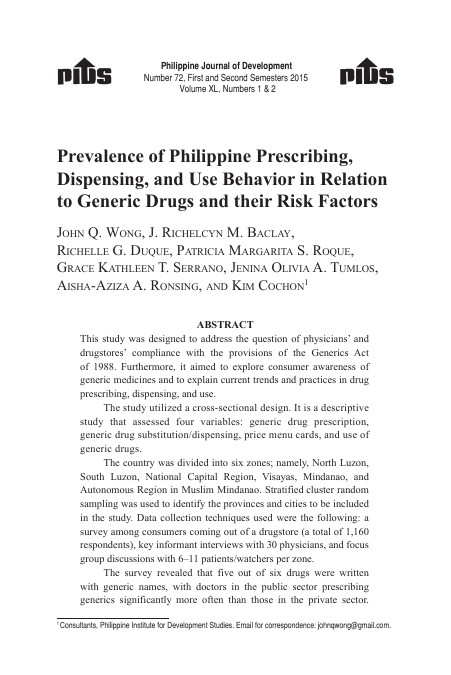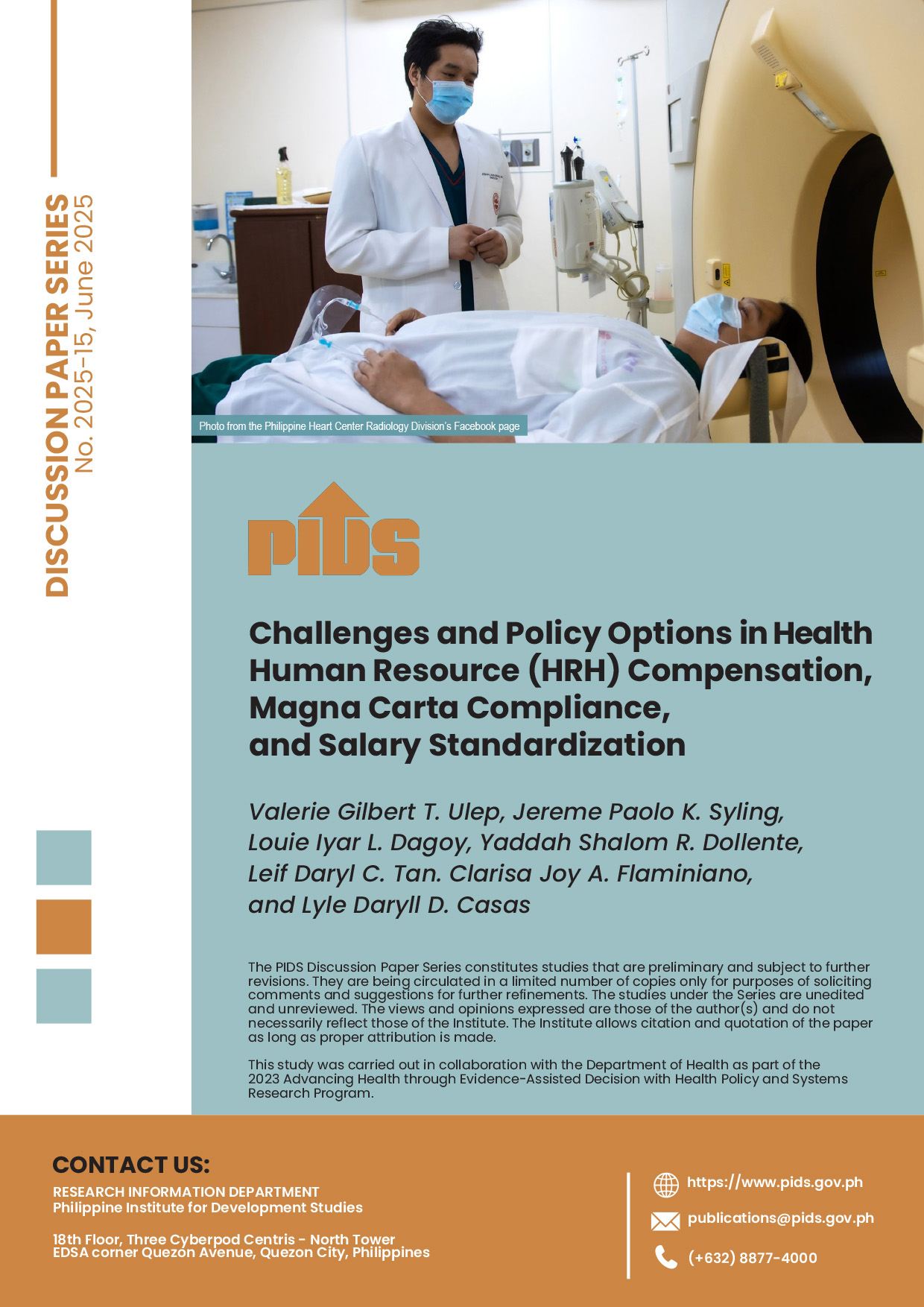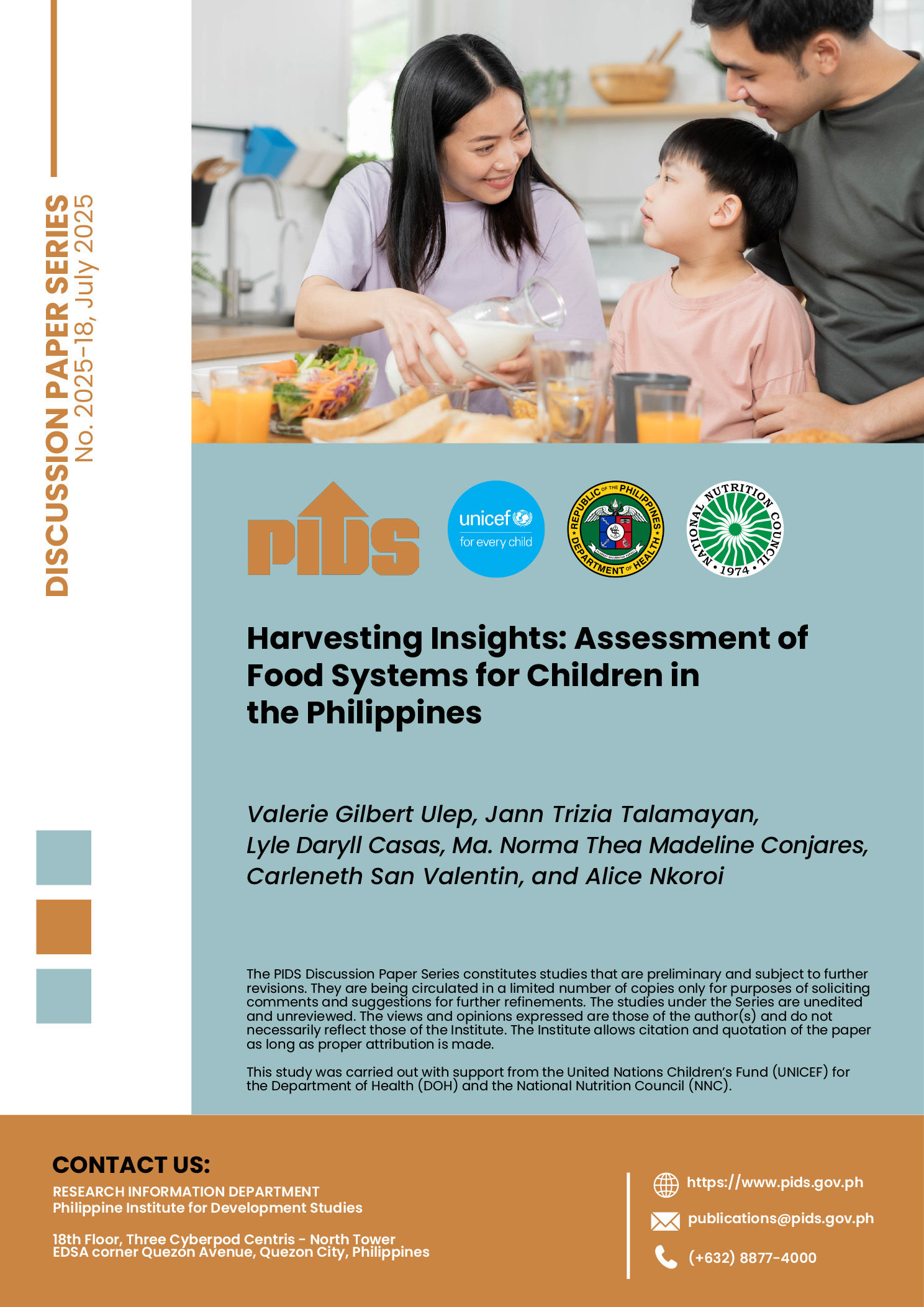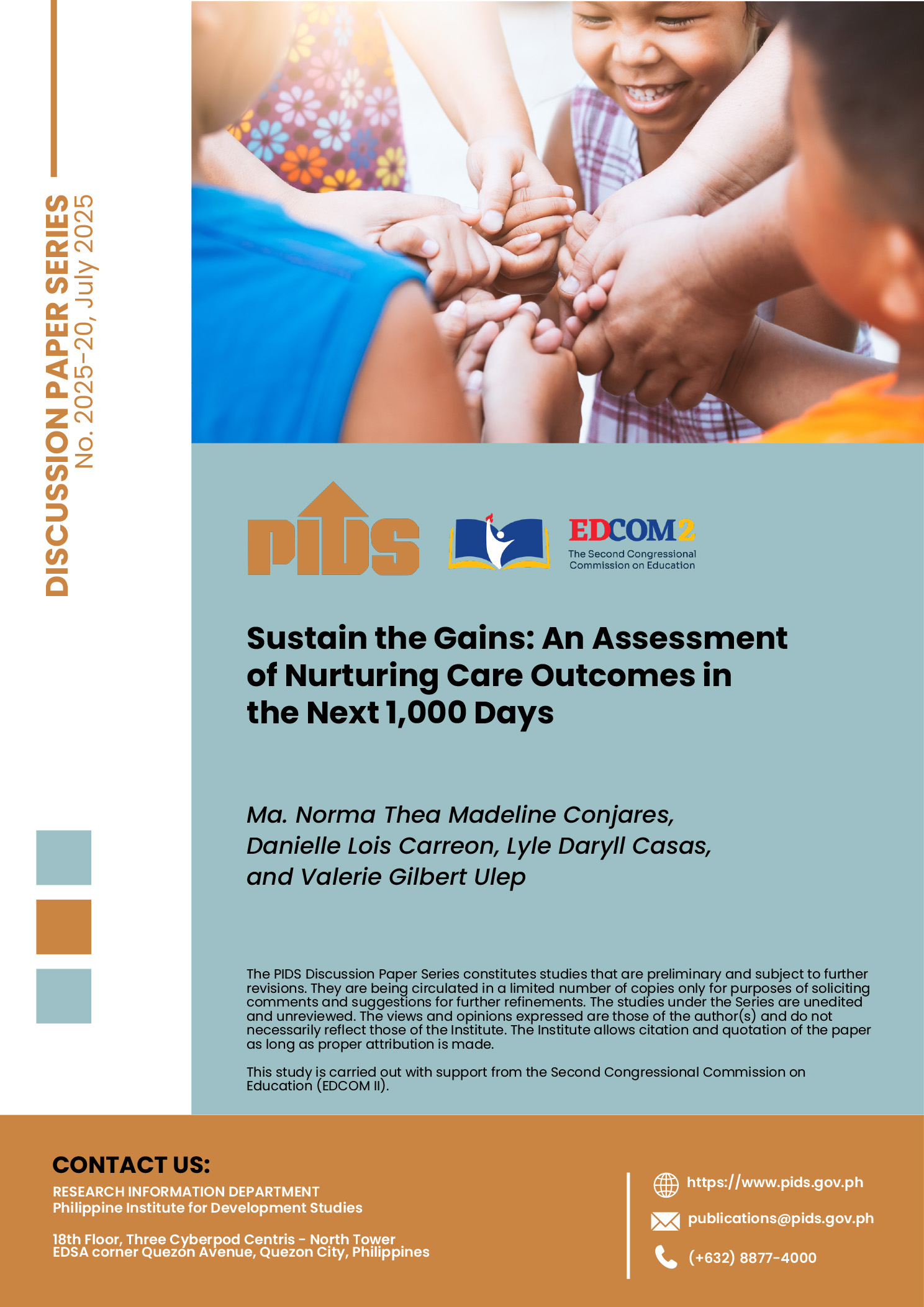This study was designed to address the question of physicians' and drugstores' compliance with the provisions of the Generics Act of 1988. Furthermore, it aimed to explore consumer awareness of generic medicines and to explain current trends and practices in drug prescribing, dispensing, and use. The study utilized a cross-sectional design and assessed four variables: generic drug prescription, generic drug substitution/dispensing, price menu cards, and use of generic drugs. The country was divided into six zones; namely, North Luzon, South Luzon, National Capital Region, Visayas, Mindanao, and Autonomous Region in Muslim Mindanao. Stratified cluster random sampling was used to identify the provinces and cities to be included in the study. Data collection techniques used a survey among consumers coming out of a drugstore, key informant interviews with 30 physicians, and focus group discussions with 6–11 patients/watchers per zone.
The survey revealed that five out of six drugs were written with generic names, with doctors in the public sector prescribing generics significantly more often than those in the private sector. Factors that positively affected generics prescribing behavior are: patient's welfare, compliance, patient’s financial situation, and fear of punishment. Because there is already high compliance among drug prescribers, government efforts should now be redirected toward drugstores and consumers. Drugstore compliance should be regularly monitored. Consumers need to be aware of their right to be informed about generic alternatives. Lastly, bioequivalence tests should be done to put an end to quality concerns over generic medicines.













